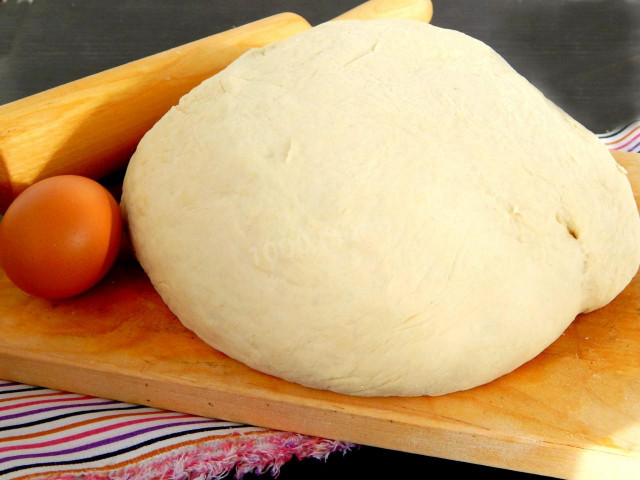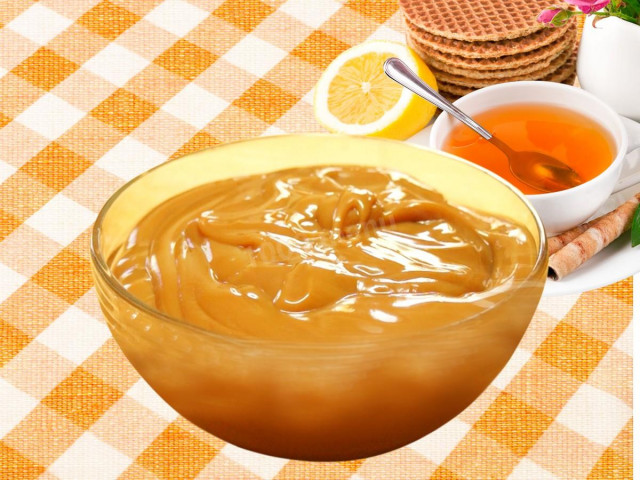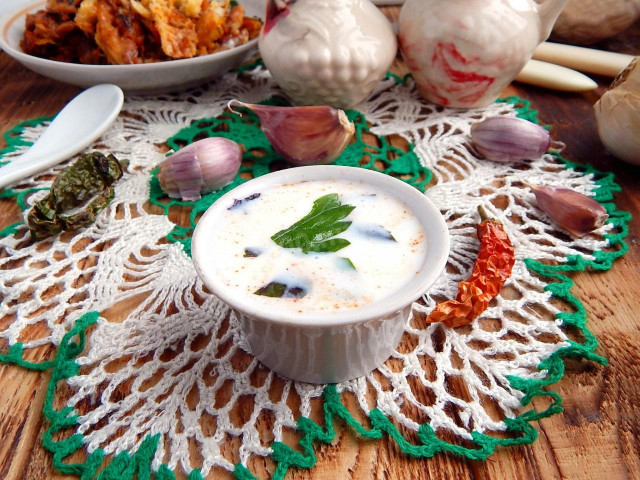Composition / ingredients
Step-by-step cooking
Step 1:

How to make an eternal starter for bread without yeast? Prepare the necessary ingredients. Take the usual non-boiled water at room temperature. Sift the flour before each use. This will enrich it with oxygen, which will have a positive effect on the processes of raising and maturing the starter culture. The process of removing the starter culture is not fast and will take several days.
Step 2:
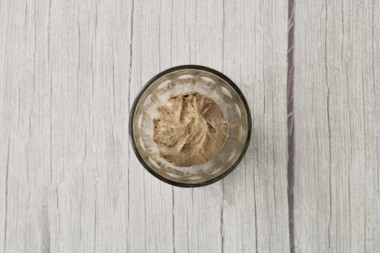
Day one. In a convenient container, preferably glass, combine 30 ml of water and 30 grams of rye flour. Stir until smooth. It will turn out quite a thick mass. Cover the container leakily so that the leaven "breathes". You can take a clean cloth or gauze for this. Leave the future starter for 24 hours. The place for this should be moderately warm, so that the process takes place fully. The optimal ripening temperature is 25-26 degrees.
Step 3:
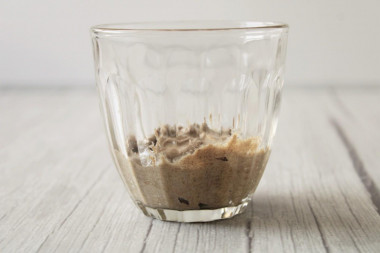
Day two. Practically nothing happened.
Step 4:

Measure 30 grams of the resulting flour mass into a clean, dry container (I took a half-liter jar), add 15 ml of water, mix.
Step 5:
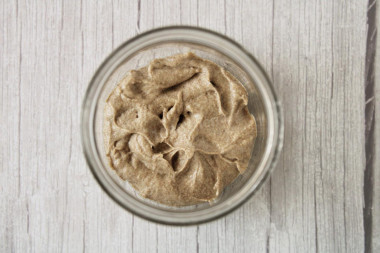
Pour in 15 grams of sifted rye flour, mix until the lumps disappear.
Step 6:

This is the volume obtained. Leave the starter, slightly covered from above, for another day.
Step 7:
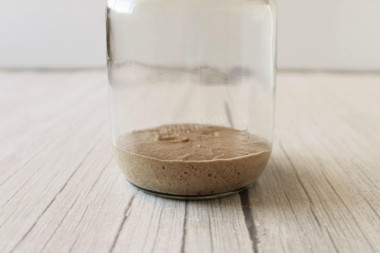
Day three. The sourdough rose a little, rare small bubbles appeared. The smell got better. The fermentation process has begun, which is what we need. Repeat steps 4 and 5. Again, leave the starter for a day.
Step 8:
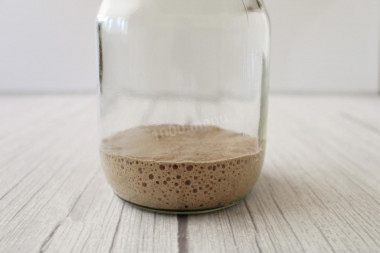
Day four. The leaven rose more, there were a lot of bubbles, their size also increased. A pleasant bread smell appeared. Repeat steps 4 and 5 again. Leave the starter, covered from above, for another day.
Step 9:

Day five. The starter has risen well, has a pronounced bread smell and a lot of bubbles. The leaven is gaining strength, so the feeding increases by 2 times. Measure 30 grams of sourdough into a clean container, add 30 ml of water, mix. Pour in 30 grams of sifted rye flour, mix until smooth.
Step 10:
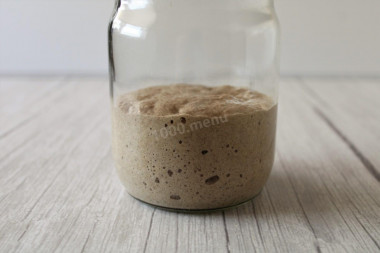
When this leaven increases 2-2.5 times, it is ready. This may take several hours. The time of the processes will depend on the ambient temperature and the quality of the flour. My sourdough rose in 3 hours. You can start making bread. Have a good baking!
Important addition! The process of maturation of the starter culture is strongly influenced by the ambient temperature. If the room is quite warm (especially in the warm season), all processes will occur faster and the starter can be ready on the fourth day. Carefully make sure that the starter does not peroxide. The quality of the leaven will depend on the quality of the baked bread.
If the sourdough is not used for baking bread, it must be fed every 4-5 days so that it does not die. To do this, measure the required amount of starter culture, for example, 20 grams, add 20 grams. water and 20 gr. flour. Mix everything well, leave it at room temperature for a slight rise and put it in the refrigerator for storage.
It is possible to remove the starter culture from wheat flour. In my opinion, wheat sourdough is more capricious. Rye is easier to withdraw.
Both rye and wheat bread can be baked from rye sourdough. And also the eternal starter can be used to make kvass and yeast-free dough.
For cooking, it is better to use filtered or bottled water that is neutral to taste. If you use tap water, keep in mind that it can give the dish an unpleasant characteristic taste.
Caloric content of the products possible in the composition of the dish
- Water - 0 kcal/100g
- Rye flour - 305 kcal/100g





